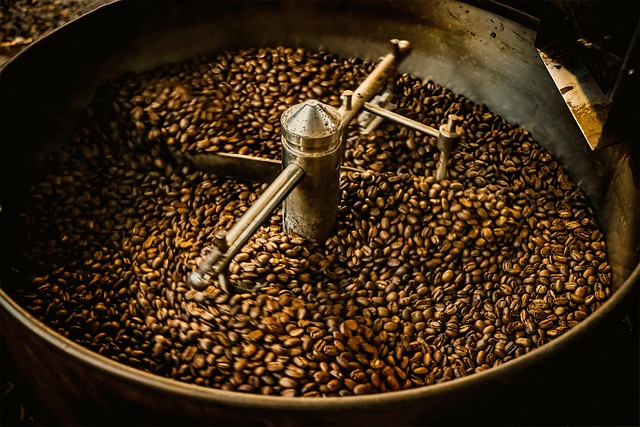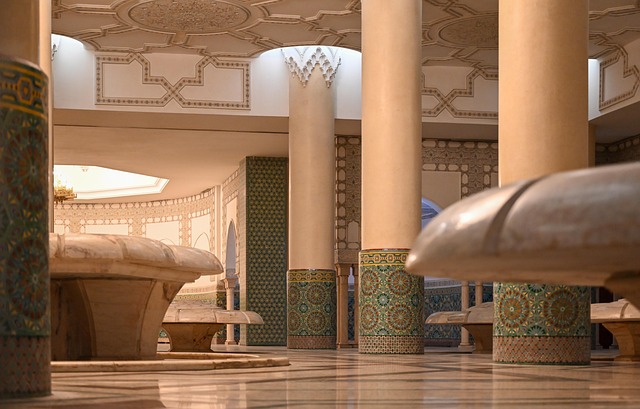Discovering the Decorative Process in Fine Arts and Culture
Mosaics, with their intricate designs and vibrant colors, have long captivated observers and involved practitioners in a dynamic decorative process. This ancient art form fuses fine arts and culture, transforming mere fragments into breathtaking masterpieces that tell stories and reflect societal values.
The decorative process of creating mosaics begins with vision. Artists often start with a concept or theme inspired by cultural motifs, historical events, or personal experiences. They meticulously choose materials—whether they be glass, stone, or ceramics—each piece contributing to the overall narrative. This selection is not just technical; it is deeply personal, as the artist connects with the textures, colors, and cultural significance of the elements being used.
As the process evolves, the artist lays each fragment with purpose, often drawing on centuries of tradition. The careful arrangement of pieces invokes a sense of rhythm and harmony, creating not just a visual spectacle but also an emotional resonance. Observers may find themselves drawn into the stories woven through these works, from ancient temples adorned with depictions of deities to modern cafes featuring contemporary designs that celebrate everyday moments.
Cultural Reflection through Mosaics
Mosaics are powerful reflections of cultural identity. They serve not only as artistic expressions but also as historical documents. Each mosaic encapsulates the spirit of its time, providing insight into the values and beliefs of the society that produced it. For example, the famous mosaics of Ravenna boast a blend of Roman and Byzantine influences, showcasing the cultural intersections that occurred through trade and conquest.
Moreover, the decorative process in mosaics invites collaboration across diverse communities. Workshops and studios often unite artists from various backgrounds, each contributing unique techniques and perspectives. This collaborative atmosphere enriches the artwork, resulting in pieces that are not only visually stunning but also reflect a tapestry of cultural histories and personal narratives.
The Modern Mosaic Movement
Today, the decorative process has evolved with technology and new materials, yet the essence of mosaics remains unchanged. Artists are experimenting with digital tools, unconventional materials, and innovative techniques, breathing new life into this age-old craft. This evolution allows for greater expression and experimentation, leading to dynamic installations that push the boundaries of the medium.
Patrick Dougherty’s monumental stick sculptures—although not traditional mosaics—embody the spirit of the decorative process, reminding us that art can take many forms while still conveying meaning and beauty. These modern interpretations encourage us to see the world through different lenses, appreciating how art and culture coalesce in unexpected ways.
Mosaics celebrate human creativity and the beauty of cultural diversity. Each piece serves as a reminder that art is a universal language, capable of bridging divides and fostering dialogue. By engaging with the decorative process in fine arts and culture, we not only create visually stunning works but also a sense of community, identity, and belonging.




